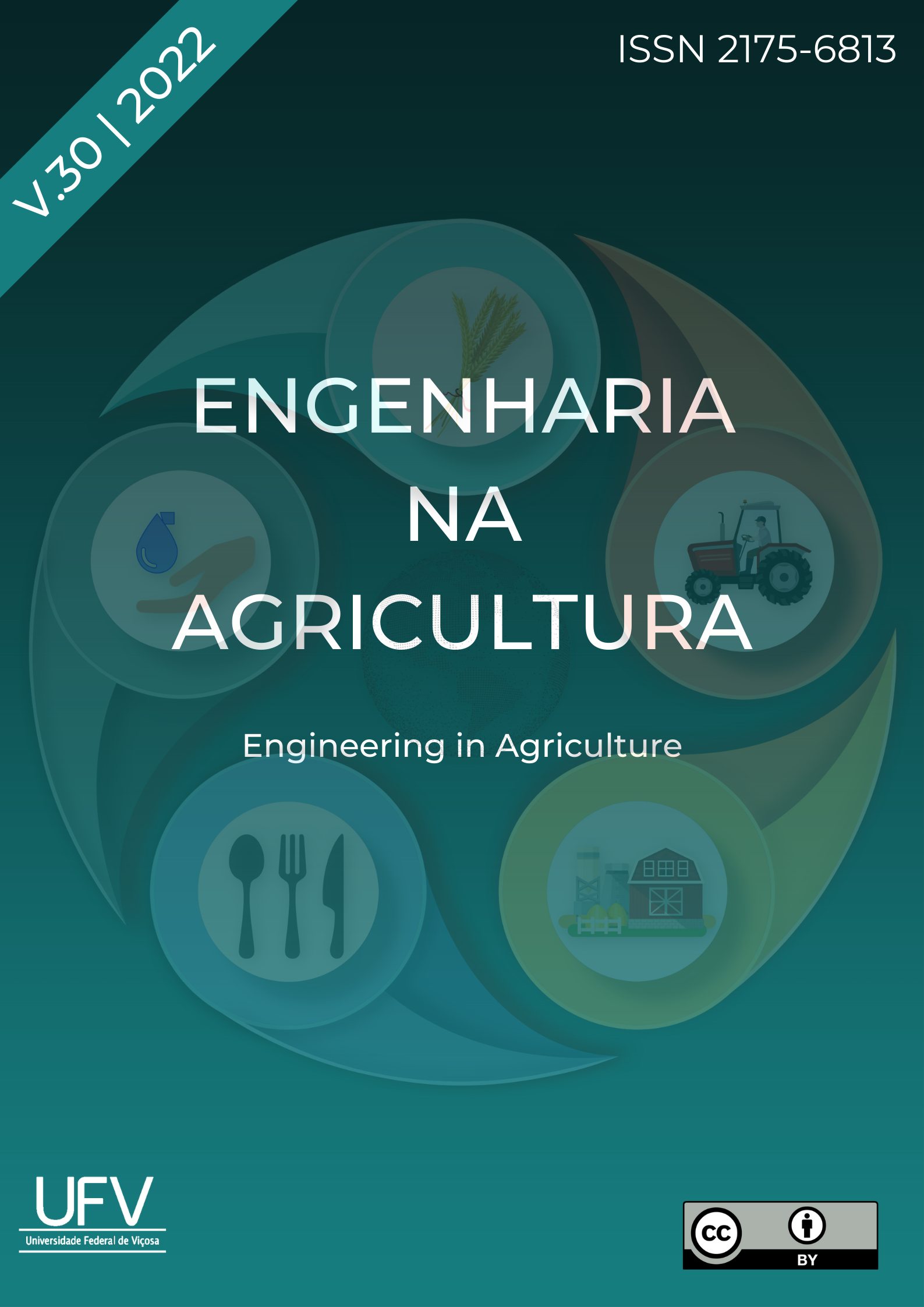Construction of a greenhouse prototype with automated control using a low-cost microcontroller and sensors
DOI:
https://doi.org/10.13083/reveng.v30i1.14283Palavras-chave:
Family Farming, Automation, ESP32, Google Firebase, Realtime DatabaseResumo
Family farming is of fundamental importance for food supply in the domestic market. It is not enough to monitor the data for a better understanding of the entire operational chain by the small producer. It is also necessary to automate the system actuators, allowing better use of natural resources such as water intended for irrigation and reduced operating costs through adequate control of the system’s energy consumption. This article presents the development design and verification of the functionality of an automated system of a greenhouse prototype using low-cost electronic components and simple implementation. The project made it possible to create a database for future conferences by storing data collected in the cloud using the Google Drive platform and data synchronization via Wi-Fi using the ESP32 microcontroller. The prototype’s efficiency and applicability analysis took place over eight days. Data were collected regarding temperature, soil moisture, relative air humidity, water consumption of the irrigation and humidification system, and electricity consumption. The results obtained allowed the verification of the system’s functionality and the ability to store the data on the Google Drive platform, enabling remote consultation through the web server.
Downloads
Referências
ALVARENGA, A. C.; FERREIRA, V. H.; FORTES, M. Z. Energia solar fotovoltaica: uma aplicação na irrigação da agricultura familiar. Sinergia, São Paulo, v. 15, n. 4, p. 311-318, out/dez. 2014. Available at: <https://www.researchgate.net/publication/272789350>. Acesso em: 11 oct 2021.
BOLZANI, Caio Augustus Morais. Residenciais Inteligentes. São Paulo, SP: Livraria da física, 2004. 332 p.
BRASIL. Lei n° 11.326, 24 de julho de 2006. Estabelece as diretrizes para a formulação da Política Nacional da Agricultura Familiar e Empreendimentos Familiares Rurais.
CAMARGO, Débora Costa. Conservação, uso racional e sustentável da água: Manejo da Irrigação: Como, Quando e Quanto Irrigar? Capacitação para gestão das águas: Agência Nacional de Águas, Fortaleza - CE, 2016.
CUNHA, K. C. B. da: ROCHA, R. V. Automação no processo de irrigação na agricultura familiar com plataforma Arduino. RECoDAF – Revista Eletrônica Competências Digitais para Agricultura Familiar. Tupã, v. 1, n. 2, p. 62-74, jul./dec, 2015. ISSN: 2448-0452.
EMBRAPA. Manual de métodos de análise de solos. 2. ed. Rio de Janeiro: Centro Nacional de Pesquisa de Solos, 1997.
EXTRAPUTTY. ExtraPuTTY Downloads. Available at: http://www.extraputty.com/download.php. Accessed on: 20 oct. 2021.
FERNANDES D.; PREUSS, E.; SILVA, T. Sistema Automatizado de Controle de Estufas para Cultivo de Hortaliças. Universidade Federal de Santa Maria, Santa Maria - RS, p. 1-32, 6 jan. 2017.
GOOGLE. Central de Ajuda do Google Drive. Available at: https://support.google.com/drive. Accessed on: 08 nov. 2021.
INSTITUTO BRASILEIRO DE GEOGRAFIA E ESTATÍSTICA (IBGE). Censo agropecuário 2017: Resultados definitivos. Rio de Janeiro, 2019.
KOLBAN, Neil. Kolban’s book on ESP32. [S.l.]: Leanpub, 2018.
MAROUELLI, W. A.; SILVA, W. L. C. Irrigação. In: SILVA, J. B. C.; GIORDANO, L. B. (Ed.) Tomate para processamento industrial. Brasília: Embrapa Hortaliças, 2000. p. 60-71.
ONU. Organização das Nações Unidas: Agricultura familiar produz mais de um terço dos alimentos no mundo. ONU News, [S. l.], p. 1-4, 23 abr. 2021. Available at: https://news.un.org/pt/story/2021/04/1748622. Accessed on: 2 sept. 2021.
Downloads
Publicado
Como Citar
Edição
Seção
Licença
Copyright (c) 2022 Revista Engenharia na Agricultura - REVENG

Este trabalho está licenciado sob uma licença Creative Commons Attribution-NonCommercial 4.0 International License.
Autores que publicam nesta revista concordam com os seguintes termos:
O(s) autor(es) autoriza(m) a publicação do texto na da revista;
O(s) autor(es) garantem que a contribuição é original e inédita e que não está em processo de avaliação em outra(s) revista(s);
A revista não se responsabiliza pelas opiniões, ideias e conceitos emitidos nos textos, por serem de inteira responsabilidade de seu(s) autor(es);
É reservado aos editores o direito de proceder a ajustes textuais e de adequação às normas da publicação.
A partir da submissão, o autor estará cedendo integralmente seus direitos patrimoniais da obra à publicação, permanecendo detentor de seus direitos morais (autoria e identificação na obra) e de acordo com a Licença Creative Commons, CC BY-NC.








 Esta obra está licenciada com uma Licença
Esta obra está licenciada com uma Licença 